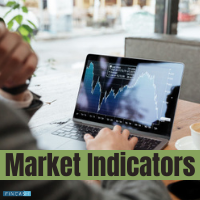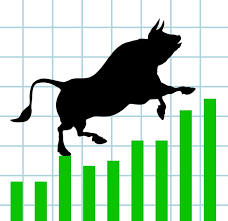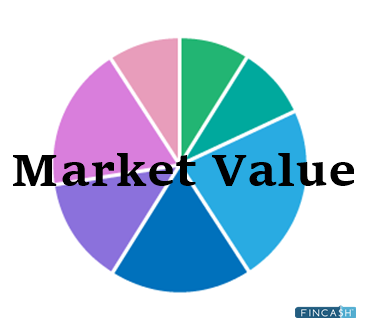Market Indicators
What are Market Indicators?
Market indicators seek to interpret financial or stock index data in order to forecast market moves. They are quantitative in nature and are a part of technical indicators which is typically made up of formulas and ratios. These indicators are helpful for investors with their trading and investment decisions.

In other words, current market indicators are quite similar to technical indicators. They both apply statistics to a series of data points to draw a conclusion. Market indicators use data points from multiple securities and not just single security. These market indicators are often placed in a separate chart rather than appearing above or below an index price chart.
Types of Stock Market Indicators
There are two common types of market indicators, such as: :
1. Market Breadth
Under this, market indicators compare the number of stocks moving in the same direction as the trend.
2. Market Sentiment
Market sentiment is an indicator that compares price and volume in order to determine whether investors appear to be bullish or bearish in the market.
Famous Market Indicators
Today there are various market indicators covering indexes around the world. Some of the famous market indicators are NYSE, AMEX, NASDAQ, TSX, TSX-V, etc.
Market Indicators Examples
Most popular market indicators are mentioned below:
1. New highs-new lows
New highs-new lows can happen at any given point in the market. Note that when there are many new high highs, it might suggest that the market is getting frothy. New lows might suggest that a market is bottoming out.
2. Advance-Decline
Advance and Decline refers to the rise and fall in the market. Advancing to declining securities can happen at any given point in the market. Indexes are weighted by market capitalization which is helpful in understanding withdrawal sentiment than just observing the performance of big companies in an index.
3. Moving Averages
It refers to the averages in the market. Market indicators observe the percentage of stocks above or below key moving averages sector 50 and 200.
Talk to our investment specialist
All efforts have been made to ensure the information provided here is accurate. However, no guarantees are made regarding correctness of data. Please verify with scheme information document before making any investment.












